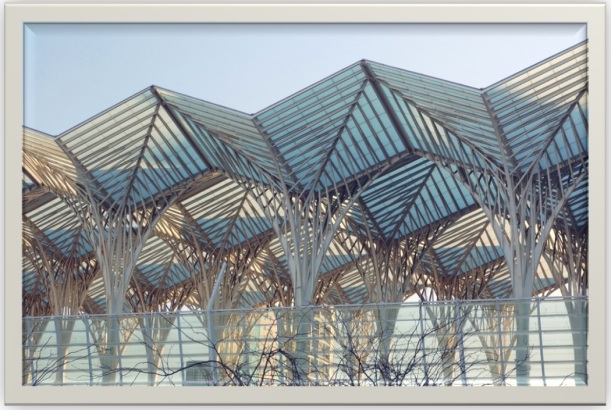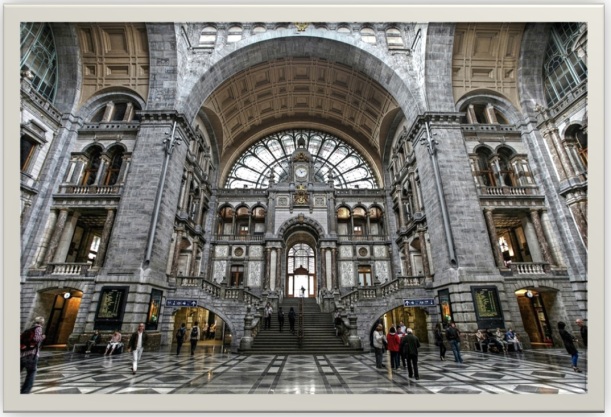Right about this time of year, I am really ready for winter to be over.
Don’t get me wrong — I have no desire to alter the natural course of the seasons. It’s just that in my ideal world, winter — and by winter I mean a glorious snow-filled, blue sky, sparkling air winter — (not the endless dreck of gray skies and icy rain) would only last for… mmh I don’t know, about a month….
Reading helps. Big fat nineteenth century novels work wonders to pass the long dark evenings, as I wait for spring’s warmth and abundant light.
Or sometimes the miniature, silvery note of a perfect haiku is enough to lift me out of the winter doldrums.
But here’s a poem for all seasons, and one I return to again and again when I feel in need of solace.
Written by Mahmoud Darwish, a Palestinian poet and author who wrote frequently about the pain of exile, dispossession, and the loss of his homeland, there is something quietly evocative about this particular poem, infused as it is with a sense of sadness and resignation, coupled to a spark of optimism and a hint of rebellion — all in the face of loss.
Isn’t that how we all must live? Rebellion in the face of loss, a willingness to keep going (with our heads held high), in spite of what may be waiting for us at the end of the line?
It’s a good poem for these chilly winter days, or any time of the year.
I Can Speak about Love
–by Mahmoud Darwish (translated from Arabic by Fady Joudah)
And I can speak about love, about trees on a road that leads
to others’ goals, and to the weather conditions in other countries. I offer the city
pigeons a fistful of wheat and listen to my neighbor’s noise dig under my skin
And I am capable of living to the month’s end. I give it my best
to write what convinces my heart to beat and my soul to live after me.
A gardenia can renew my life. A woman can determine my grave
And I can go to the end of my life as a couple: alone, and by myself.
I can only collude with words I haven’t yet said, to ransom my stay
on the edge of the earth, between the siege of space and the hell of falling
And with the strength of daring I will live, as it pleases my language for me to be.




You must be logged in to post a comment.